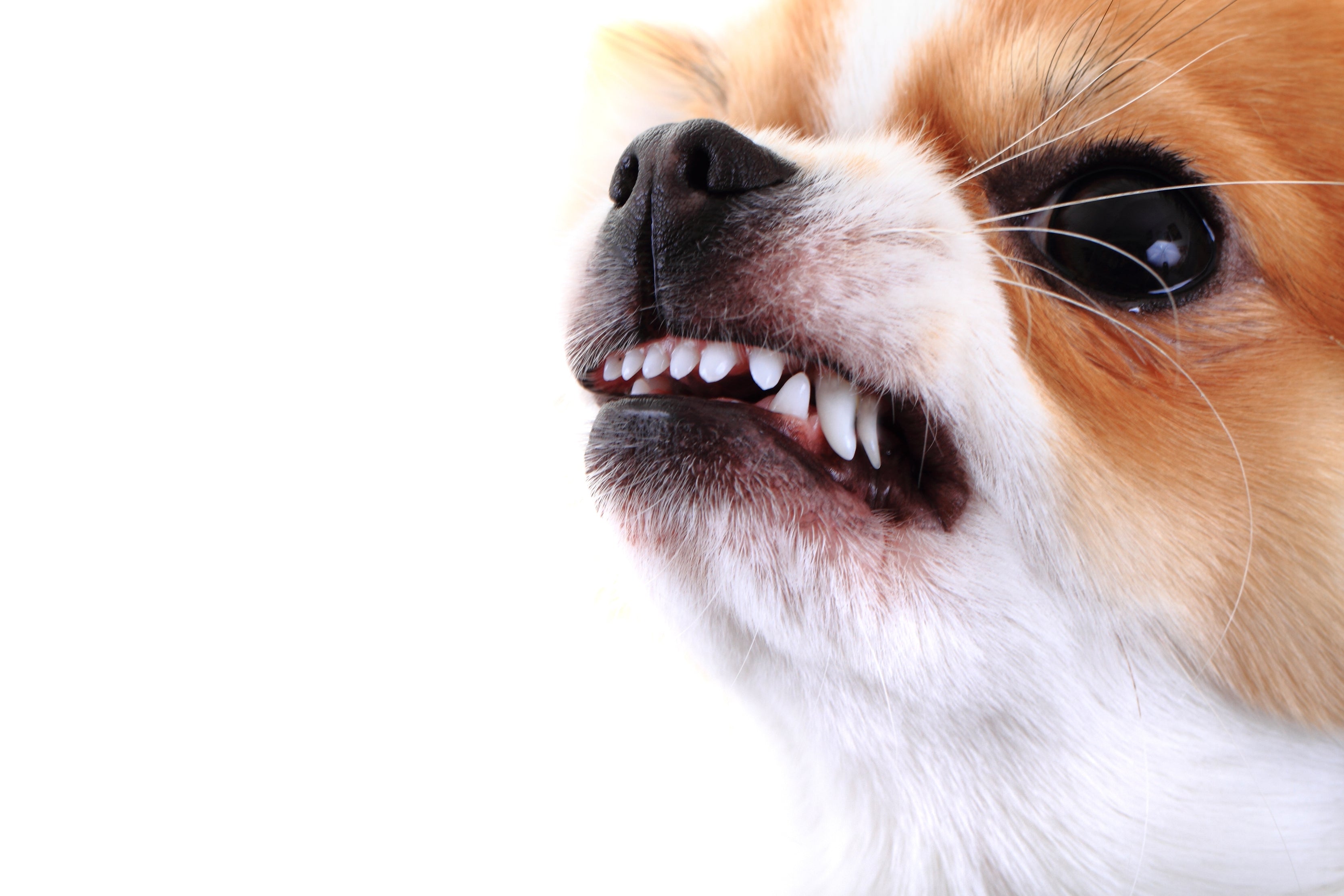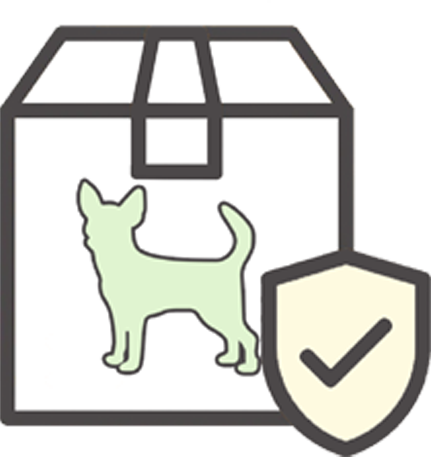How to Stop Dog Aggression
Friday, November 17, 2017 11:21:35 AM America/Los_Angeles
Aggression is the most common and challenging dog behavior. In the wild, dogs use aggression to defend themselves, hunt for food, and guard their territory. However, aggression in domesticated dogs can be potentially destructive and dangerous because it's often directed towards other pets and people. Aggressive behavior can occur at any age, in any breed or gender, and can manifest itself in the following ways:
- Biting
- Snarling
- Growling
- Barking and snapping
- Curling lips
- Head and tail up with a direct stare
- Posturing and lunging
- Frantic tail wagging
While aggression can't be fixed overnight, there are some dog aggression tips you can use to curb that behavior. In the meantime, you can utilize an indoor pet potty like DoggieLawn while you're training your dog to be less aggressive around others!

Jiri Vaclavek via Shutterstock
Consult a Vet
If your dog suddenly exhibits aggressive behavior, there could be an underlying medical issue. Acute conditions that lead to severe pain are likely to cause irritability and aggressiveness in dogs. If the behavior is not typical of your dog, you should consult the veterinarian for a comprehensive checkup. Work with your vet closely and follow recommended treatment plans if your dog is diagnosed with a medical issue.
Leash Your Dog
You should allow some time for your dog to leave your side and socialize with other canines. Ensure that you can restrain them should they become aggressive. If you have other dogs in your house, allow them to mingle freely but under supervision. Conversely, if you only have one dog, you can walk him or her in an area where they can interact with other dogs.
Identify Aggression Triggers
Aggression triggers can include food protectiveness, territorialism, and dominance. If your dog is aggressive when other dogs are visiting your home, territorialism or dominance is a likely cause. If it happens while eating, he or she is likely demonstrating resource protection. After identifying the triggers, you should avoid putting your dog in those situations. For instance, you can teach your dog that there is no need to guard their food by providing smaller meals more frequently or throughout the day.
Use the Desensitization Technique
Desensitization is a technique used to combat fear-related aggression. Desensitization aims to expose dogs to the things they are afraid of by slowly acclimating them to whatever triggers their aggression. This can help train your dog so that they don't become too anxious in the presence of any triggers. Over time, you should keep bringing the trigger a little bit closer and/or for longer durations and reward your dog for being calm. This method may take several sessions so it will require a bit more time and patience. It's important to slowly expose your dog to the presence of other dogs. However, this process can take some time and it's important not to rush it! If you find that there are too many triggers outside, letting your dog relieve themselves on a DoggieLawn in the meantime will be helpful for the two of you. Once your dog is more comfortable, you can take your dog outside to gradually expose them to other stimuli.
Reduce Opportunities to Unleash Guarding Behavior
Try keeping your dog out of situations where they exhibit guarding behavior. Do not allow them to patrol up and down your fence. Rather, keep them indoors and utilize real indoor dog grass until the behaviors subside. In addition, if your dog becomes aggressive whenever you have visitors, you should consider keeping him or her in another room as soon as the guest arrives. Also, remember to put an indoor pet potty with your dog to prevent messes or making unnecessary noises that might disrupt your guest.
Proper Socialization of Puppies
Most dogs undergo major developmental stages between 3 to 12 weeks. During this period, positive and appropriate socialization with other animals, new environments, and people will allow them to develop suitable social character traits. Puppy classes are a fantastic way to help socialize, establish a strong training foundation, and inhibit the development of dog aggression.
Be a Pack Leader
When your dogs have dog-to-dog aggression, they might be asking you to step up and be the pack leader. Try earning the trust, respect, and loyalty of your dogs, which will lead them into perceiving you as their leader. This can be done by giving them some boundaries, rules, protection, directions, and limitations. Consequently, the aggression will stop as they’ll cease fighting for dominance.
Praise and Reward Your Dog
You should praise your dog or give treats every time they remain passive in the presence of others. Use positive reinforcement to ensure that you’re enriching their environment and helping them learn that behaving passively has a positive outcome and that aggressiveness towards others has negative results.
Call Professional Trainer
To boost your chances of retraining your dog, it is wise to consider a consultation with a professional trainer or behaviorist. While these experts are mostly known for potty training, they can also help with creating a plan to manage aggression. To find a professional trainer or behaviorist, ask for a referral from your veterinarian or check out the Association of Pet Dog Trainers.
What Not To Do
Punishment is not a solution for aggressive dogs, and in most cases will only exacerbate the behavior. For example, yelling at your dog might give them the misconception that aggression is an appropriate response.
Final Thoughts
Aggression in dogs is a critical problem. It’s not only scary to see your beloved furry friend turn vicious, but it also poses a threat to the people and animals around them. It is every owner’s responsibility to ensure that their canines get proper care and treatment to manage aggressiveness. For more tips, read our blog on aggression during play time here. Don't forget to provide your dog with pee pad alternatives such as a DoggieLawn if you plan on keeping your dog indoors. An indoor dog potty will not only help you during the training purpose, it helps keep your space tidy!
Have a friend with an aggressive dog who could use an indoor real grass dog potty? Click HERE to send them a huge discount on their first lawn!

